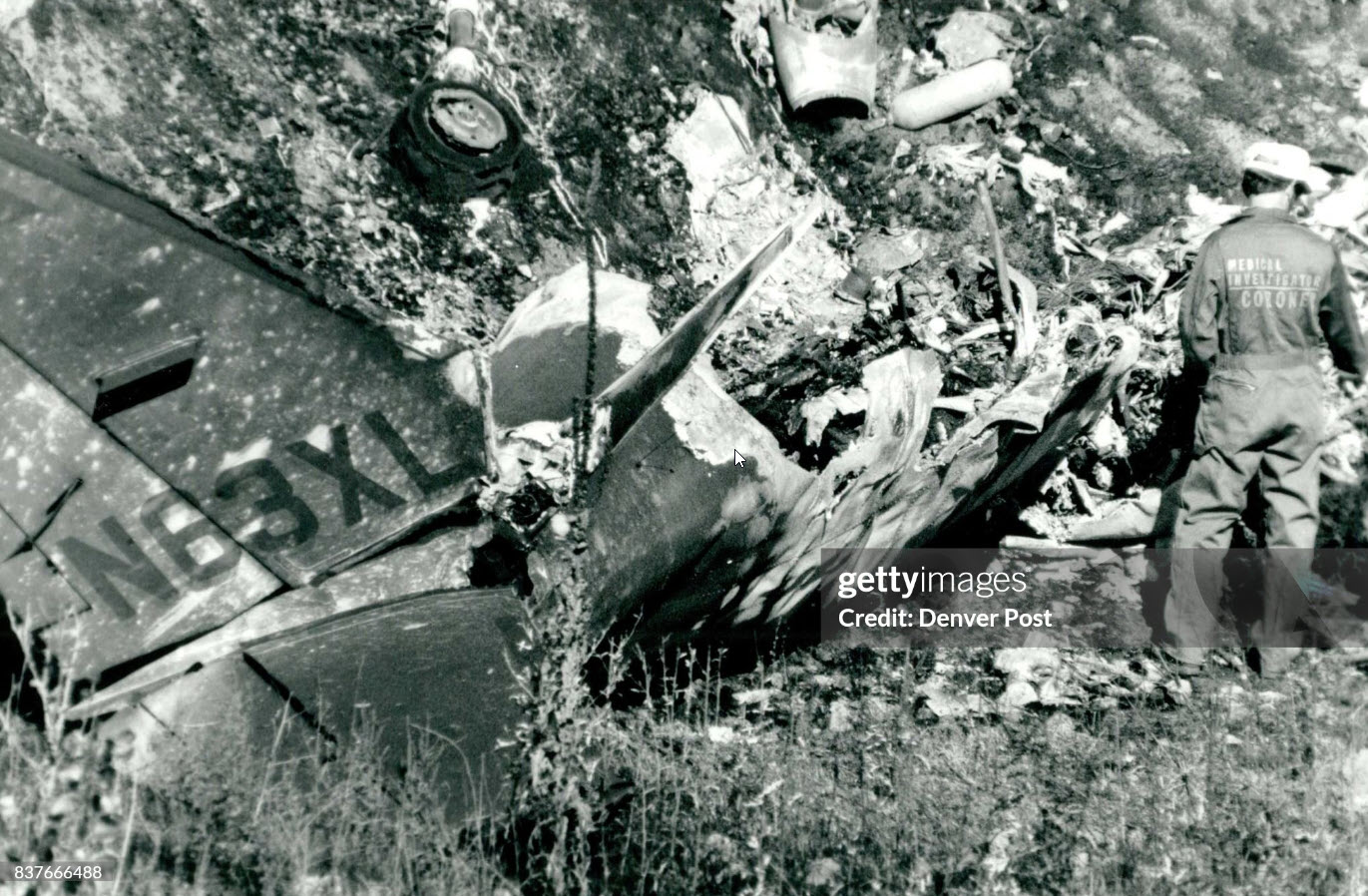Crash of a Piper PA-31T-620 Cheyenne II in Louisville: 3 killed
Date & Time:
Sep 15, 1989 at 1336 LT
Registration:
N63XL
Survivors:
No
Schedule:
Broomfield - Louisville
MSN:
31-8166037
YOM:
1981
Crew on board:
1
Crew fatalities:
Pax on board:
2
Pax fatalities:
Other fatalities:
Total fatalities:
6
Captain / Total hours on type:
3500.00
Aircraft flight hours:
996
Circumstances:
The pilot and two mechanics were on a maintenance test flight. As the aircraft was on a straight-in approach to runway 11 from the west, the pilot was advised of traffic ahead and told to slow his speed as much as possible. The pilot acknowledged. About 15 seconds later, the controller told the pilot (of N63XL) to make a 360° turn to the left for spacing. Shortly hereafter, witnesses observed the aircraft enter a steep bank (turn), then go into a steep spiraling, nose down, descent and crash. No preimpact mechanical malfunction or failure of the aircraft or engines was found. All three occupants were killed.
Probable cause:
Failure of the pilot to maintain adequate airspeed, while maneuvering for spacing in the traffic pattern, which resulted in an inadvertent stall at low altitude.
Final Report:




